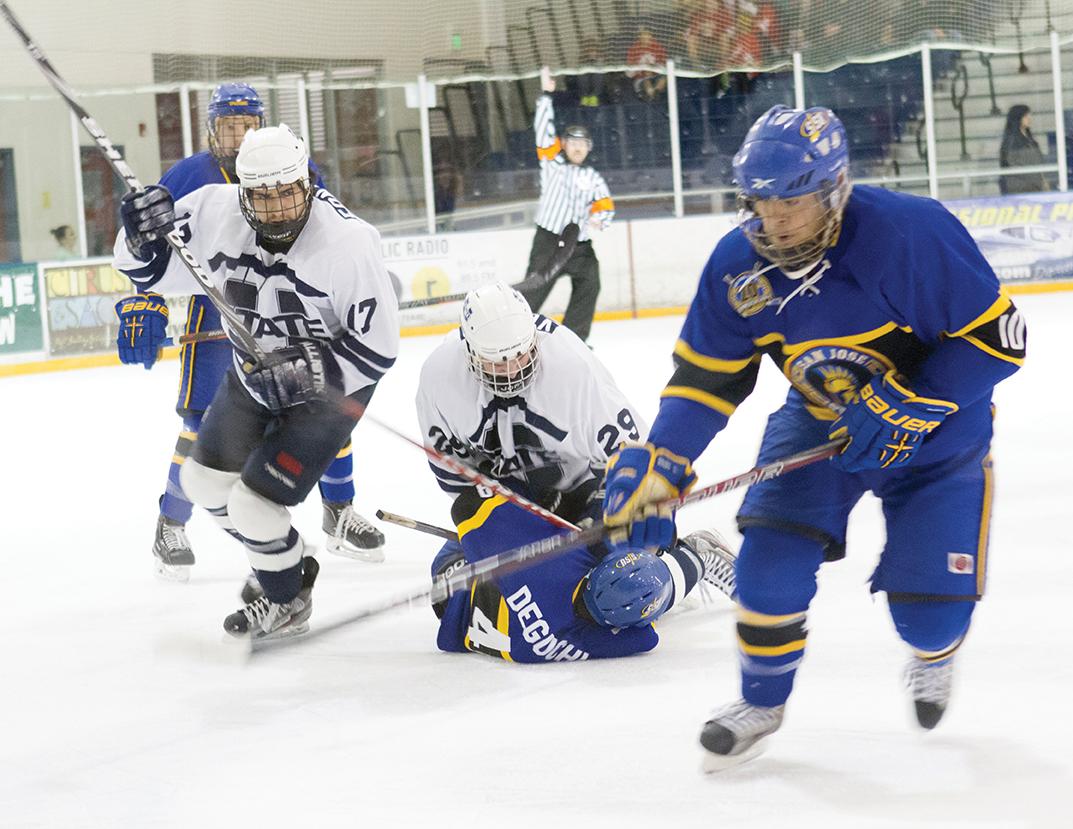Club funding comes from variety of sources, including student fees
Students at USU may not be fully aware, but a portion of their student fees goes to the club sports programs. These fees are separate from athletic fees in that they go to Campus Recreation, which oversees intramurals, club sports and student services such as the Fieldhouse or the HPER.
For this semester, 1.23 percent of each student’s fees go toward the Campus Recreation Office. For a student who takes 12 credits, they are paying $27.22 to Campus Recreation. Of that pool of money, $51,000 goes toward funding the 14 club sports teams USU supports. However, that amount is not enough to fully fund the teams.
“We have a little formula, and we try to keep the percent of student fees to be between 20 and 30 percent of their total revenue,” said Alys Staten, club sports director.
The student fees provided are one of three ways club sports get funding. The other two are fundraising and player dues, which is a requirement for all club-sports athletes.
“We try to tell them that dues should go up every year, just a little bit because of inflation,” Staten said. “Fundraising and donations are the two big ones that also bring in money.”
One of the larger things that Staten and Scott Wamsley, director of club sports, said they look at when they budget for club sports is each individual sport’s operating expenses.
“Racquetball is a perfect example of a very low operating expense. They are around $2,000 to $5,000 per year, compared to a huge sport like men’s hockey that has an operating expense of about $150,000 per year,” Staten said. “So you can see that we have these huge extremes, so we definitely calculate that into there and try to make it as fair as we can from year to year.”
The rodeo and hockey teams are the only two sports that charge people to come watch, and the rodeo team only has one meet per year. The hockey team will pay $50,000 per year just to play at the George S. Eccles Ice Center.
“Ticket sales are their main source of fundraising,” said Staten about the hockey team. “It’s very expensive, and unfortunately that is why we do have to charge students to come.”
Postseason tournaments are no guarantee for any club team, but those that do earn a right to play in a postseason championship format have to fundraise to get themselves there. There is a total of $5,000 set aside to split between the teams that do earn a spot in postseason play, but it is usually not enough.
“It’s a little tougher with some clubs with regards to nationals, but with hockey and rodeo and some of these other sports you have to qualify, and you never know from year to year if you will qualify,” Wamsley said. “If you do, then you have to scramble to do all of this fundraising to get extra money.”
The money set aside for club sports playoffs will usually cover anything from 10 to 20 percent of what the teams need, but Wamsley said anything helps them.
“It might be enough to pay for a couple of nights of hotel rooms, but that’s still huge for these clubs,” he said.
Of the 14 club sports, seven are exclusively men’s (hockey, baseball, lacrosse, soccer, rugby, ultimate frisbee and volleyball), three of them are exclusively women’s (rugby, lacrosse and ultimate frisbee), and four of them are co-ed (cycling, rodeo, racquetball and swimming). They all have to have at least ten members, and every member of a club sport at Utah State must pay dues determined by the individual club.
– dahdahjm@gmail.com
Twitter: @dahdahusu

